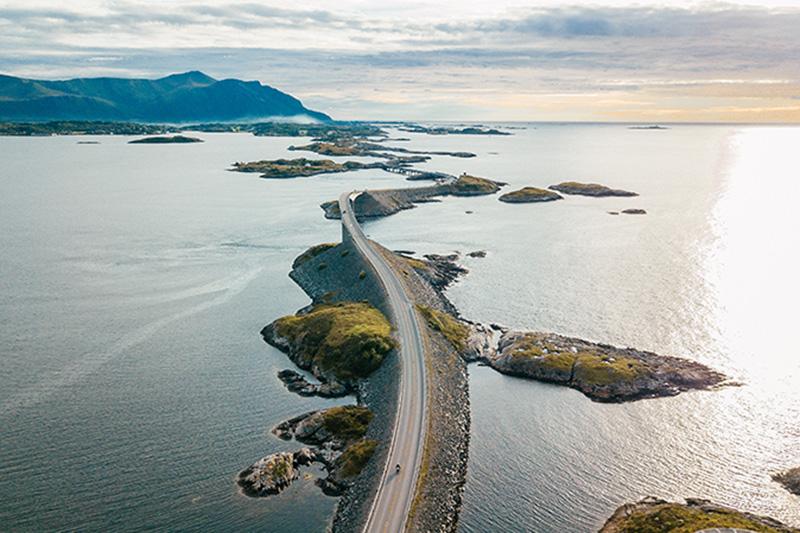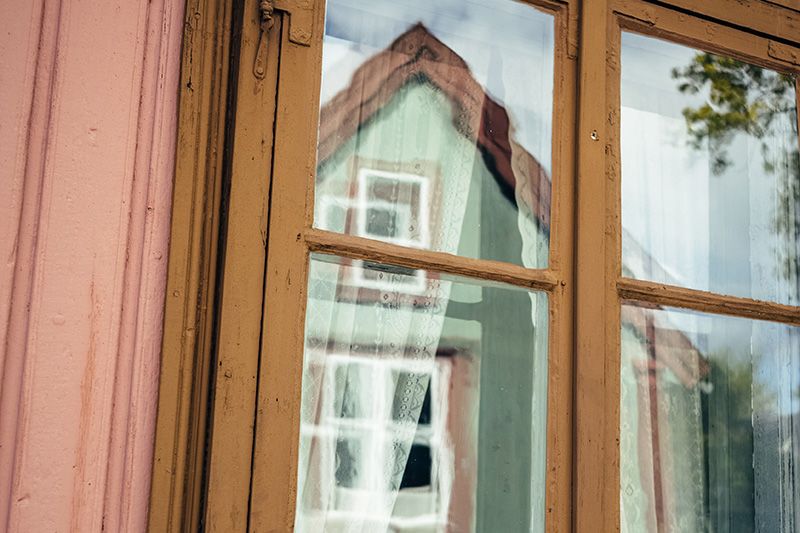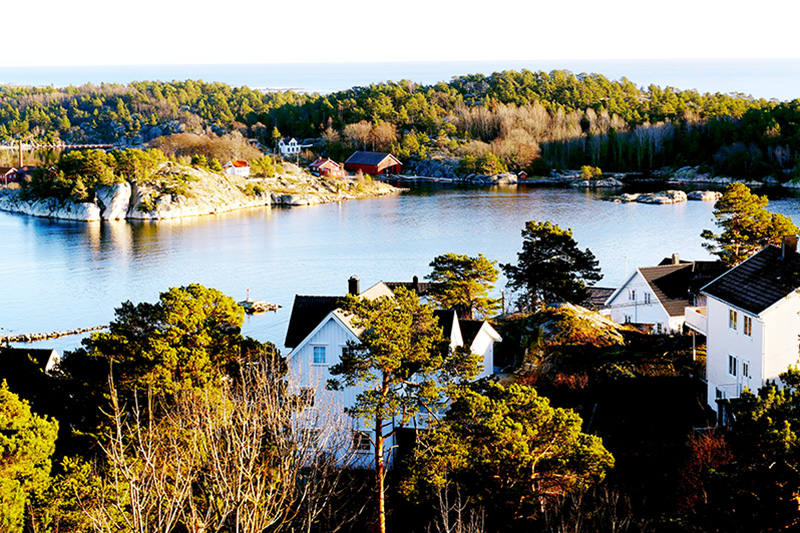As a country that offers myriad magical experiences, the best time to visit Norway depends largely on which of these you’d like to see. For those wishing to chase the Northern Lights, throw on snowshoes, go whale watching or explore the Christmas markets, December to March offers a winter wonderland to do so in. Alternatively, June to August is the best time to visit Norway to witness the Midnight Sun, hike through lush landscapes and enjoy sunny fjord cruises. And for everything in between? We’ve put together a month-by-month rundown of what to expect in Norway from tip to tail of the country.
Lofoten Islands
The Lofoten Islands are located in the far north, but still enjoy relatively mild temperatures despite their latitude. The North Atlantic Drift, Norwegian Current and Gulf Stream all have a significant influence on the weather. Surprisingly, both the summers and winters are mild in the Lofoten Islands. It's possible to enjoy the summer sun with temperatures hitting 25°C (from June to August). The maximum averages are close to 20°C. Certain parts of the Lofoten Islands, such as Rost and Vaeroy, have annual temperature averages above 0°C, which is very much an anomaly given the location.
The north-western fringe of the Lofoten Islands has a cooler climate. 8°C to 9°C in May, the maximum average temperature rises to 15°C in July. In late autumn, the winds are very strong on the Lofoten Islands, and snow and rain are highly likely in winter. Those wanting to experience the midnight sun (uninterrupted sun for two months) or the polar night (when night lasts for a month) should head to the area around Svolvaer.
Bergen
The city of Bergen's climate is oceanic and temperate. There are few temperature variations, and the seasons are differentiated mainly by the amount of rainfall. Because of its location near the mountains, Bergen's rain comes from the clouds breaking against the summits. Snow is fairly rare in the city, with on average only three days a year.
In terms of temperatures, in summer Bergen can get close to 18°C or 19°C during the day, and sunlight lasts for more than 20 hours a day. During winter temperatures above 0°C are rare, typically fluctuating between -5° and -10°C. The sun doesn't break through the clouds much, with night reigning for most of every 24 hours and only clear skies bringing a little light.
Finnmark
The county of Finnmark is located in Norwegian Lapland, and it's as cold there as you'd imagine. The continental climate is very harsh, with average temperatures in January getting close to 15°C to 16°C , and the mercury rising close to 14°C to 15°C in summer (July). With the exception of the country's mountainous areas, Finnmark is one of the coldest regions in mainland Norway. A record cold temperature of -51.4°C was even reached in Karasjok. Rainfall is fairly limited in Finnmark, with just over 11 inches over the year. Jan Mayen Island and Bear Island have colder climates than Finnmark, as they are further north.
Oslo
The climate in Oslo is continental and humid. The nearby Atlantic Ocean and Gulf Stream temper the weather in this region. Winter temperatures in Oslo are below zero from November to March, with negative minimum monthly averages in January and February reaching -1.8°C and -0.9°C respectively. January is the city's coldest month, and the winter months see the most snow. There is an average of 30 inches of snow over the year, with particularly heavy snowfall in February and March, averaging just over eight inches.
Average temperatures rise during spring (March, April and May) to over 20°C, with maximum averages rising to above 20°C between June and August. During this time Oslo's white blanket of snow may disappear, but it's also when the rain comes out to play. With around two to two and a half inches in May and June, rainfall is heavier between August and October, with three and a half inches every month.


























